Maintaining a healthy smile goes far beyond the simple act of brushing your teeth three times a day. While brushing is fundamental, comprehensive oral hygiene involves a variety of practices that together ensure optimal dental health. This guide will delve into the multifaceted world of oral care, providing you with a thorough understanding of what it takes to keep your mouth in top condition.
The Basics: Brushing Correctly
First and foremost, it’s essential to brush your teeth correctly. Here are some key tips:
- Use the right toothbrush: Opt for a soft-bristled toothbrush to avoid damaging your gums. Electric toothbrushes can be particularly effective.
- Brush for two minutes: Ensure you’re spending at least 30 seconds on each quadrant of your mouth.
- Technique matters: Hold your toothbrush at a 45-degree angle to your gums and use gentle, circular motions.
The Power of Flossing
Flossing is crucial for removing plaque and food particles from between your teeth and under the gumline, areas where a toothbrush can’t reach. Flossing daily helps prevent gum disease and cavities. For those who find traditional floss challenging, water flossers or interdental brushes can be effective alternatives.
Mouthwash: More Than Just Fresh Breath
Mouthwash can be a powerful adjunct to your oral hygiene routine. Antiseptic mouthwashes can help reduce bacteria that cause plaque and gum disease, while fluoride mouthwashes can strengthen tooth enamel and help prevent cavities. It’s best to use mouthwash after brushing and flossing to maximize its benefits.
Diet and Oral Health
What you eat plays a significant role in your dental health. Here are some dietary tips:
- Limit sugary and acidic foods: These can erode enamel and lead to cavities.
- Eat plenty of fruits and vegetables: Crunchy fruits and vegetables like apples and carrots help stimulate saliva production, which naturally cleanses the mouth.
- Stay hydrated: Drinking water, especially after meals, helps wash away food particles and reduces the risk of tooth decay.
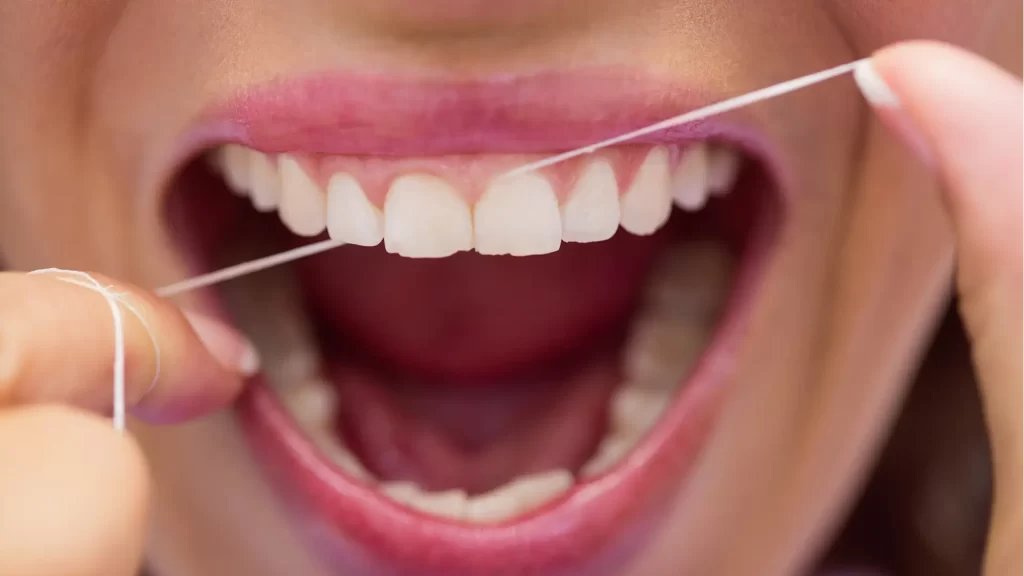
Regular Dental Visits
Even with impeccable at-home care, regular visits to the dentist are vital. Professional cleanings remove tartar that can’t be eliminated by brushing and flossing alone, and dentists can detect early signs of issues like cavities, gum disease, and oral cancer. Aim for at least two dental check-ups per year.
Additional Oral Hygiene Practices
- Tongue Cleaning: Bacteria can accumulate on your tongue, leading to bad breath and other oral health issues. Use a tongue scraper or your toothbrush to clean your tongue daily.
- Chewing Gum: Sugar-free gum, especially those containing xylitol, can help stimulate saliva production and reduce bacteria.
- Avoid Tobacco: Smoking and chewing tobacco are significant risk factors for oral cancer, gum disease, and tooth loss.
- Tailoring Your Routine.
- Oral hygiene is not one-size-fits-all. Your specific needs may vary based on factors like age, dental history, and existing health conditions. For instance, individuals with braces might need special tools like floss threaders, while those with dry mouth may benefit from saliva substitutes.
Comprehensive oral hygiene involves more than just brushing your teeth. By incorporating flossing, mouthwash, a healthy diet, regular dental visits, and additional practices into your routine, you can achieve and maintain optimal dental health. Remember, a healthy mouth is a gateway to overall well-being, so taking the time to care for your teeth and gums is an investment in your future health.
By adopting these practices and tailoring them to your specific needs, you can ensure that your smile remains bright and healthy for years to come.







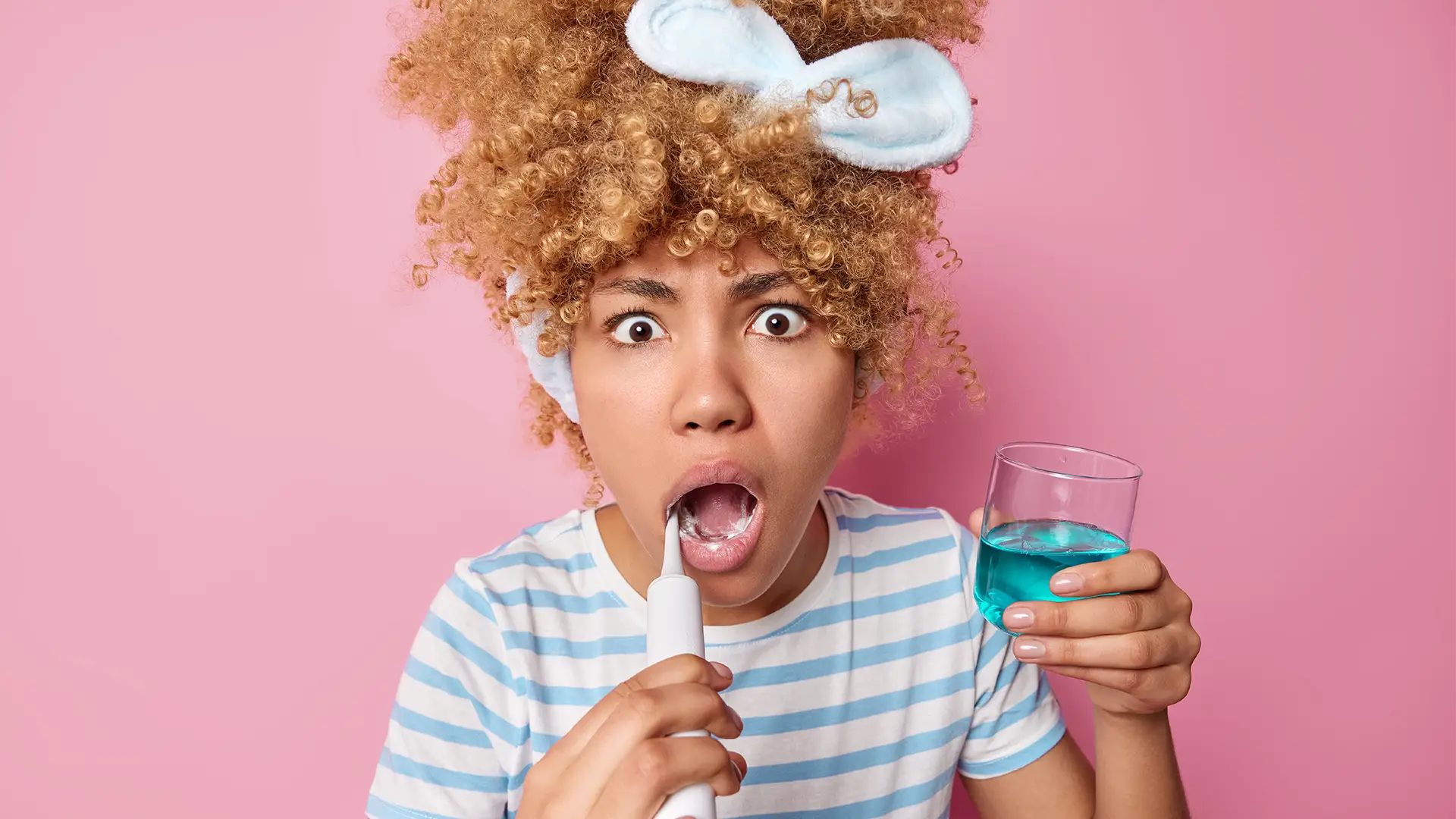





















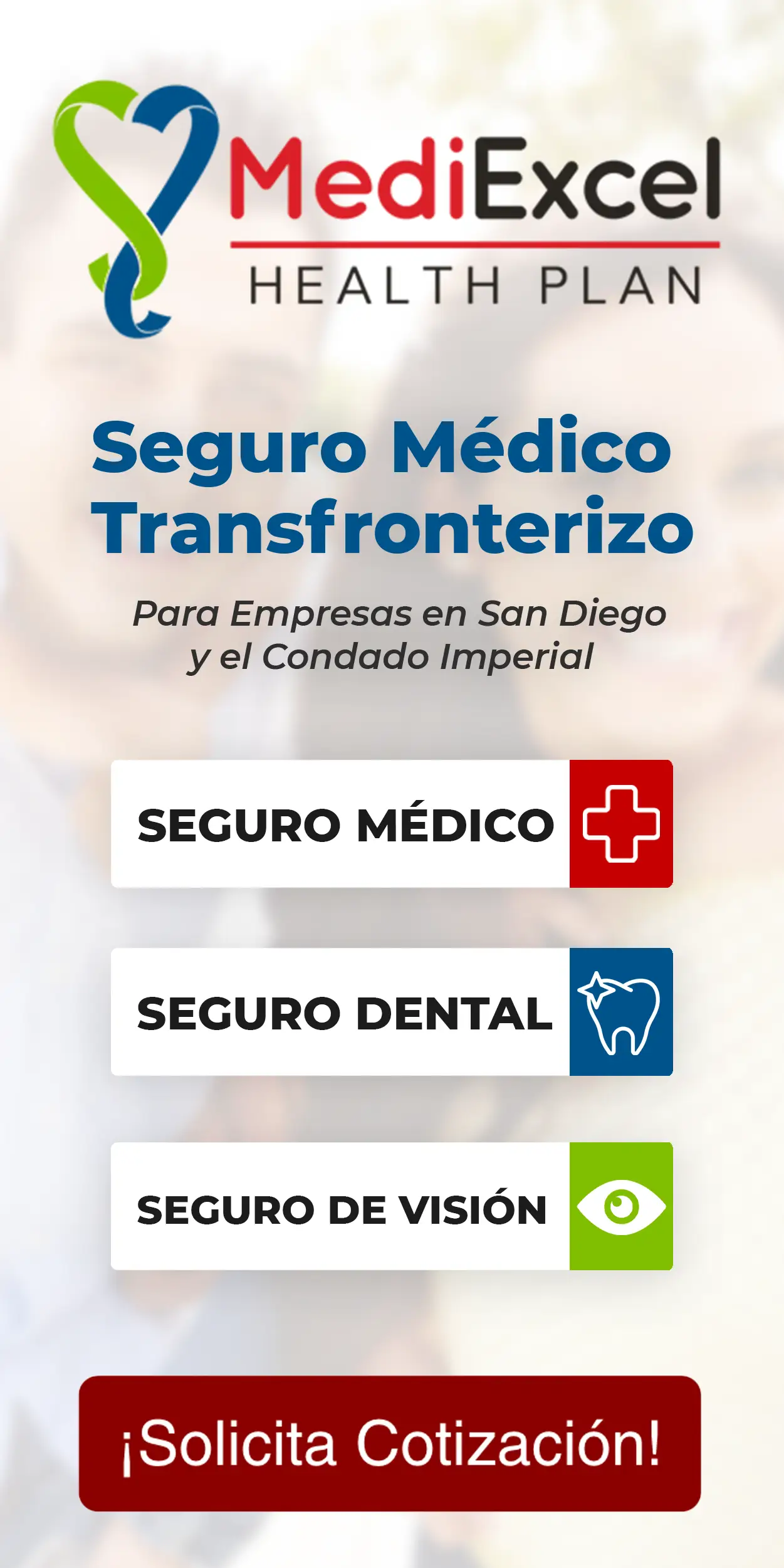


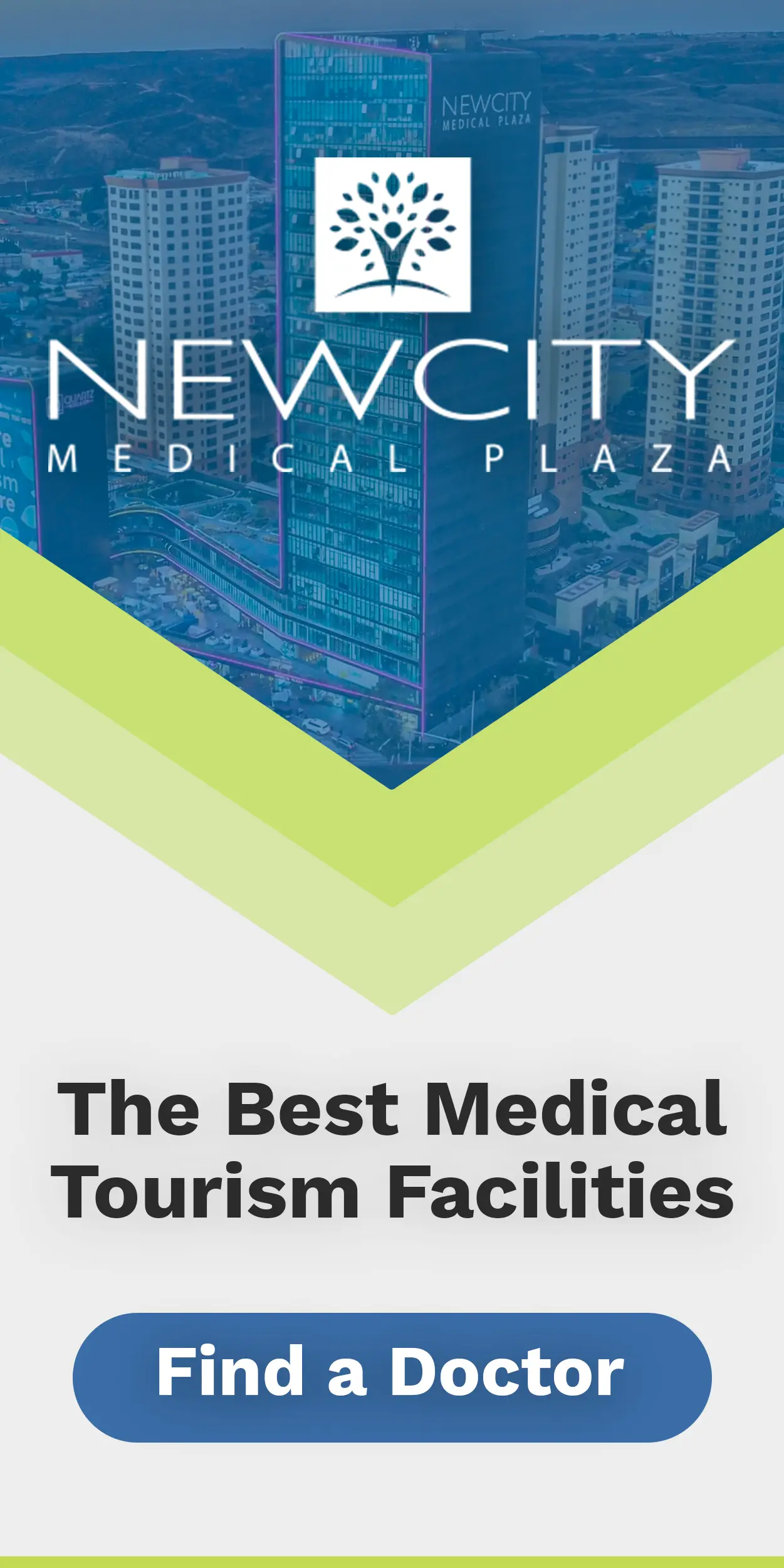




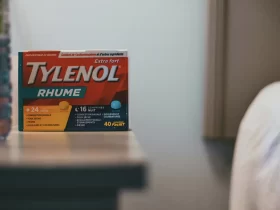
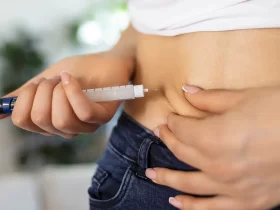

Leave a Reply